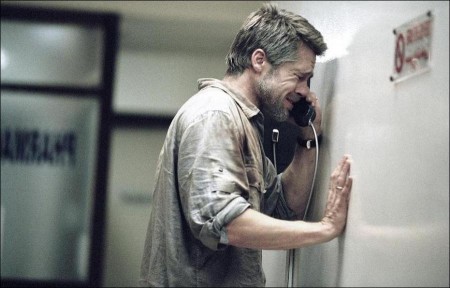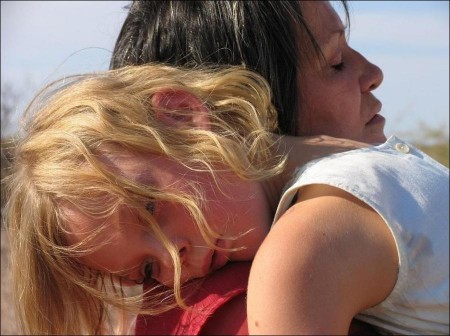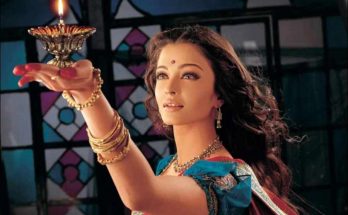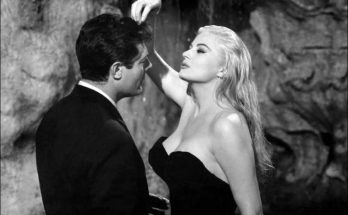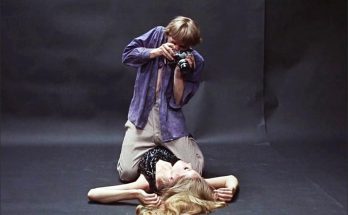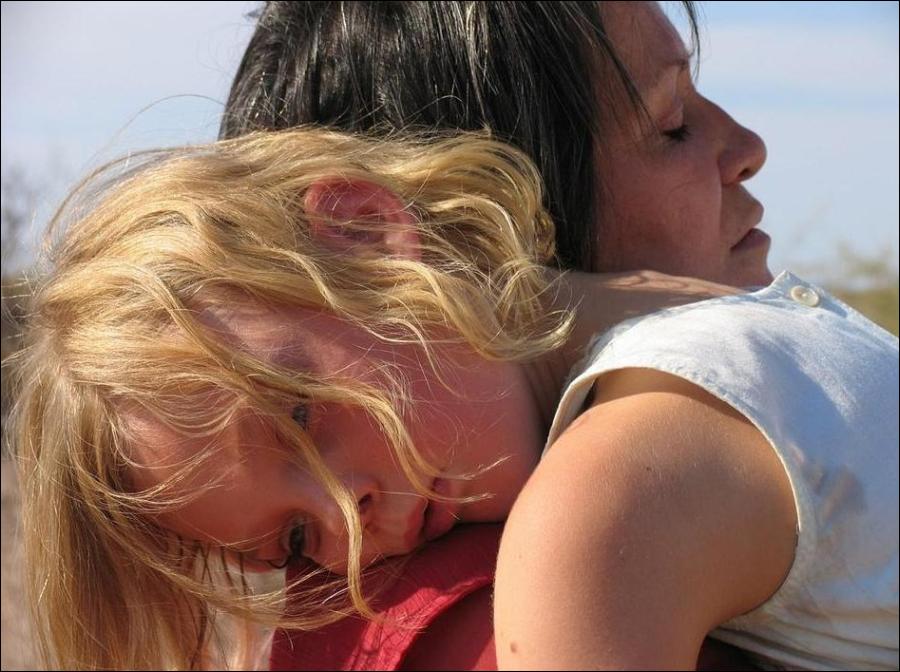In a departure from his previous films, González Iñárritu sought to combine in Babel the hyper-realism esthetics of certain scenes, with dream-like sequences in the purest cinematic tradición that show the inner lives of the characters.
Key to achieving this was Oscar-nominated cinematographer Rodrigo Prieto’s mastering of visual narratives: “We wanted to visually represent the emotional journeys of the characters through the use of different film stocks and formats. We felt that subtle differences between the image quality of each story, like the texture of the film grain, the color saturation, and the sharpness of the backgrounds could help enhance the experience of being in different places geographically and emotionally,” says Prieto. “We then digitally combined the different lens formats used into one negative, in the same way that all these cultures and languages come together in one film.”
The almost documentary style becomes a challenge in itself when the production requirements happen to be so high as they were in BABEL. While the deserts in South Morocco and Mexico lacked the essential technological support, a hyper-modern city such as Tokyo was for the opposite reasons full of obstacles faced by the production departments.
“It was one of the toughest experiences of my life, though one of the most unforgettable and gratifying,” says Academy Award-winning production designer Brigitte Broch. “From working in the most amazing landscapes in Morocco to watching the strangest mixture of society in Tokyo, this film has shaped me in my better understanding of mankind. We decided to paint the film by country in the red tones; the orange earth tones for Morocco, the electric vivid red for Mexico and more toward the subtle red-purple for Japan,” says Broch.
For director González Iñárritu, the true achievement consists of making his and his art and photography departments’ efforts invisible to audiences without showing off. This effort was also implied in the self-imposed task of not succumbing to the esthetical temptations offered by places as visually attractive as the cities portrayed.
Efforts of this kind were also put in the editing room. “I love working with Alejandro because he is relentless,” says editor Stephen Mirrione. Oscar winner. “He’s not satisfied unless every frame in the film makes you feel something. In editing BABEL that meant being focused microscopically on every detail within each scene. Over 2,500 distinct camera setups were shot, giving us an overwhelming palette of images and sounds to choose from. There are roughly 4,000 cuts in the film, so like assembling a massive mosaic from tiny intricately designed tiles, the work we all accomplished only became clear to me after stepping back and watching with a little distance. I am still discovering new details, new connections, and new layers of meaning with every viewing.”
Martin Hernandez, a close friend of Iñarritu’s, began collaborating with him 22 years ago when they were working for a radio station in Mexico City. “When there’s nothing to listen to, there’s nothing to understand; if we stop understanding, then our language has become useless, even worse, in the end it will only divide us. Alejandro Gonzalez Iñarritu´s BABEL is a very detailed description on this subject at the only level that becomes truly universal: the human level. It is filled with some very subtle and some very strident characters, all of them powerfully visual and sonorous. When I was on location for BABEL trying to record the sounds in every space captured for the film, I thought I was there to hear. I was wrong. Now that I’m here, in front of Alejandro’s last cut, I am really listening. I’ve learned to listen to what he hears, and now I’ve been able to understand him. This movie expects the same attention as any human being demands, it is more about them, about the `other’, about the apparent stranger, hence in the end, it’s all about ourselves,” says Hernandez.
Adding the final touches of feeling and depth to the film is another long-time partner of Iñárritu’s – composer Gustavo Santaolalla, who most recently wrote the Oscar-winning score for Brokeback Mountain. “BABEL was the third motion picture I had the chance of working with Alejandro Gonzalez Iñarritu on. Since “Amores Perros” and through “21 Grams” we’ve been developing a particular musical language that helps us to connect with the humanistic, visceral and heartfelt essence of his movies. The challenge with “Babel” is the four stories that take place in three very different parts of the world was to find a sound, a leading instrument that would connect all the characters and places, keeping an identity but not sounding like the music of a National Geographic documentary. That voice I found in an instrument called the oud, an Arab fretless instrument, ancestor of the Spanish guitar that also echoes the Japanese koto. That sound in combination with other instruments is what created the sonic fabric of Babel,” says Santaolalla.
The crew of top rate collaborators conformed by Prieto, Broch and Santaolalla, along with sound designer Martín Hernández, have been integral members of González Iñárritu team since Amores Perros, his successful debut film. The artistic bond already established between them made the BABEL experience even more intimate and transforming. They comprise what he calls his “creative close family,” essential in the process of translating a vital experience to a language as universal as film.
“Over the course of the year, we lived around the world like a big circus of gypsies. Even when a film can be a close and personal testimony of oneself, making a film is a huge collaborative process. It’s a creative orgy in which everybody gives the best of their talents and I owe to all of my team and collaborators, the best and most satisfying moments, both in the film and out of it. Without them, it would have been impossible to conceive even an inch of film.,” says the director.
For this project, Iñárritu also invited producers Jon Kilik and Steve Golin to complete his “team” of collaborators. “It was great to be able to rely on the family that had been with me during the past two films, but it was also amazing to have worked with new friends and partners, Jon Kilik and Steve Golin. We went through a lot over the course of the film, but their spirit, experience and support was indispensable for this project,” says Iñárritu.
From the point of view of a producer, BABEL posed numerous challenges, but the biggest goal of all was to maintain the creative integrity of the film. “BABEL became the most demanding and the most rewarding producing challenge of my career,” said producer Jon Kilik (Alexander, Malcolm X, Dead Man Walking). “Remote deserts, highly secured international borders, and one of the most densely populated cities on the planet made for enormous production challenges while embracing the lifestyle and work style of Morocco, Mexico and Japan resulted in an honesty on the screen that I am extremely proud of.”
Producer Steve Golin (Eternal Sunshine of a Spotless Mind and Being John Malkovich) shared a similar experience. “This was my first collaboration with Alejandro and the experience of working on BABEL was not only memorable, but unlike any other film I have been a part of. Each day provided me an opportunity to witness people’s methodologies of filmmaking within an international setting and I was continually challenged and inspired as a producer. Having to overcome the obstacles and boundaries of language to find a way of working with one another helped to make this journey truly unique.
Related Link: Full Production Notes for Babel Movie
Views: 223
